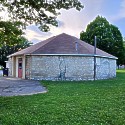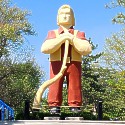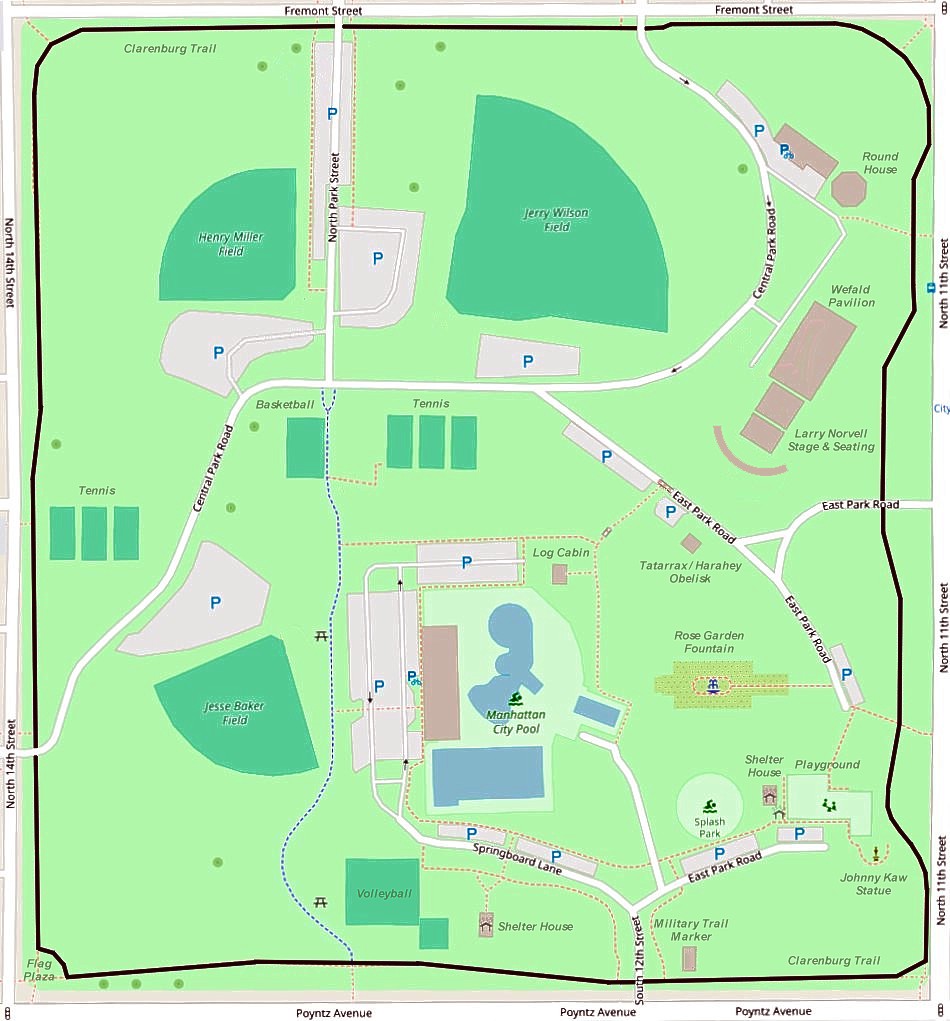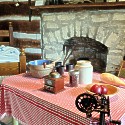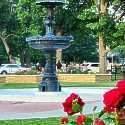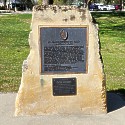Kansas Snapshots by Gloria Freeland - June 27, 2025
More than a walk in the park
As I passed the Manhattan post office, I glanced into one of the cars parked along the street. "That looks like Pat!" I thought.
Sure enough, she called a short while later. Asking what I was doing, I told her I was going to drive to husband Art's business
and walk from there to Manhattan City Park.
"Can I join you?" Pat asked.
"Of course!" I said.
It would be the perfect opportunity to catch up on each other's lives and also share some of the park’s history.
Some of my earliest times in the park were in my college years in the 1970s when I used the tennis courts. Other students made use
of the basketball courts and baseball fields, just as they do now.
Summer also meant concerts staged at the Larry Norvell Band Shell. And while many parks are virtually empty in the winter months,
our girls enjoyed learning to ice skate in the Wefald Pavilion, a space used for events in warmer months.
But for all of its various up-to-date attractions, the park has a long history - almost as long at the city's. In 1857, just two years
after Manhattan's founding, 45 acres were set aside for use as a park. Town folks were concerned it wouldn't be used as it was
considered to be too far from downtown where early settlers and the stores were located.
Large tents were pitched in the park for Chautauquas beginning in 1907. These involved lectures on cultural, educational, and social
matters and were considered something akin to adult education.
The walking trail Pat and I used was a gift of Margalith Clarenburg to honor her husband Rudy. He had been a K-State professor in
the College of Veterinary Medicine. They were both born in the Netherlands and hid from the Nazis during the country's World War II
occupation. Both were active locally in education, arts, and other programs. Pat knew Margalith, whom she remembered as a kind,
soft-spoken woman.
As we walked, I snapped pictures while regaling Pat with stories of each site.


